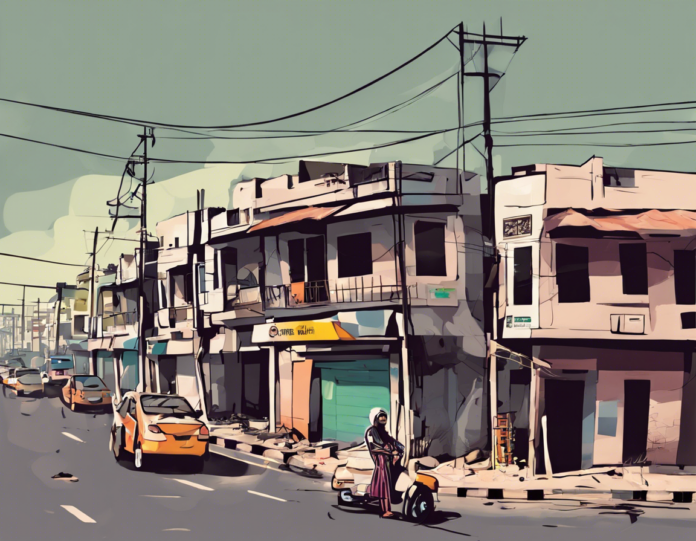The Laxmi Nagar gas leak in Delhi has garnered headlines recently, adding to the long list of environmental crises plaguing the city. The incident underscored the urgent need for robust environmental monitoring, compliance, and emergency response measures in India’s capital. Let’s delve into the details of the gas leak, its implications, and how such incidents can be prevented in the future.
The Laxmi Nagar Gas Leak Incident
On a fateful afternoon, residents of Laxmi Nagar, a bustling locality in East Delhi, were taken aback by a pungent odor wafting through the air. The source was soon traced back to a nearby industrial unit, which had leaked a toxic gas into the atmosphere. Panic spread as reports of nausea, dizziness, and breathing difficulties among the locals surfaced. The authorities swung into action, evacuating the area and initiating containment measures to prevent further harm.
Environmental Implications
The Laxmi Nagar gas leak incident raises serious concerns about the health hazards posed by such environmental disasters. Exposure to toxic gases can have immediate and long-term effects on human health, ranging from mild respiratory issues to severe neurological damage. Moreover, the impact of such incidents extends beyond human health to ecological degradation. Soil, water, and air quality in the affected area can be severely compromised, leading to long-lasting environmental damage.
Regulatory Framework and Enforcement
One key aspect highlighted by the Laxmi Nagar gas leak is the need for stringent regulatory oversight and enforcement mechanisms. India has a plethora of environmental laws and regulations aimed at safeguarding the environment and public health. However, the effectiveness of these measures hinges on their implementation and enforcement. In many cases, lax enforcement, inadequate monitoring, and complacency on the part of industries have contributed to environmental disasters like the Laxmi Nagar gas leak.
Preventive Measures
To avert such incidents in the future, a multi-pronged approach is imperative. Regular monitoring of industrial units, especially those handling hazardous chemicals, is paramount. Employing advanced technology such as real-time monitoring systems can enable early detection of leaks and prompt response. Additionally, capacity building among industry personnel on safe handling practices and emergency response protocols is essential to mitigate risks effectively.
Community Awareness and Participation
Community involvement is another vital component in preventing and mitigating environmental disasters like the Laxmi Nagar gas leak. Raising awareness among residents about the risks associated with industrial activities in their vicinity can empower them to demand accountability from industries and regulatory authorities. Community vigilance and reporting mechanisms can serve as early warning systems for potential hazards, ensuring timely intervention.
Conclusion
The Laxmi Nagar gas leak serves as a grim reminder of the environmental challenges confronting Delhi and other urban centers in India. Addressing these challenges requires a concerted effort from all stakeholders – governments, industries, communities, and civil society. By prioritizing environmental protection, investing in robust regulatory mechanisms, and fostering a culture of sustainability, we can strive towards a cleaner, safer future for all.
FAQs:
- What caused the Laxmi Nagar gas leak?
-
The gas leak in Laxmi Nagar was caused by a fault in an industrial unit handling toxic chemicals.
-
What were the immediate effects of the gas leak on residents?
-
Residents reported symptoms such as nausea, dizziness, and breathing difficulties due to exposure to the toxic gas.
-
How can industries prevent gas leaks?
-
Industries can prevent gas leaks by adhering to safety protocols, conducting regular maintenance checks, and investing in reliable monitoring systems.
-
What role do regulatory authorities play in preventing such incidents?
-
Regulatory authorities play a crucial role in enforcing environmental laws, conducting inspections, and holding non-compliant industries accountable.
-
How can communities contribute to preventing environmental disasters?
- Communities can contribute by staying informed, reporting suspicious activities, and advocating for stronger environmental protections in their areas.

